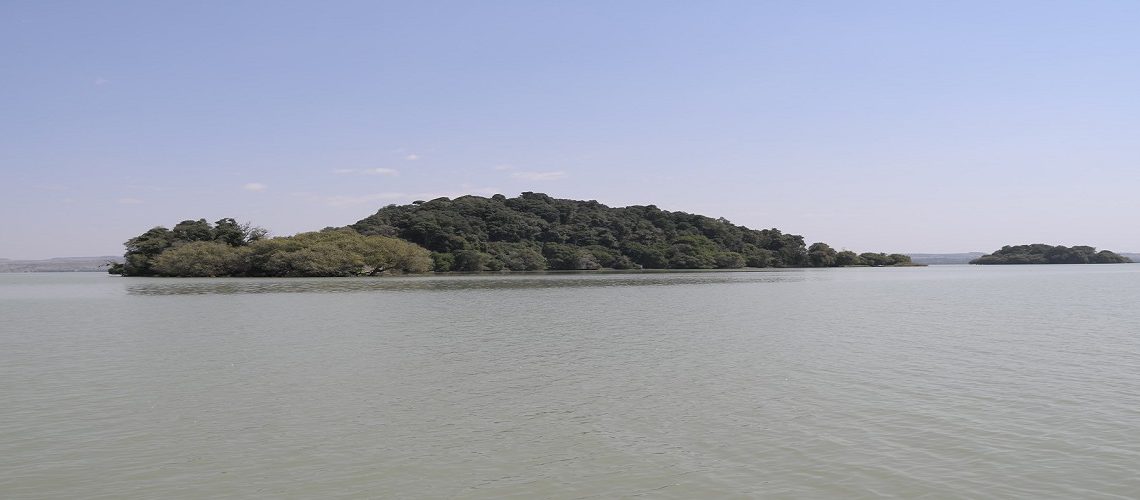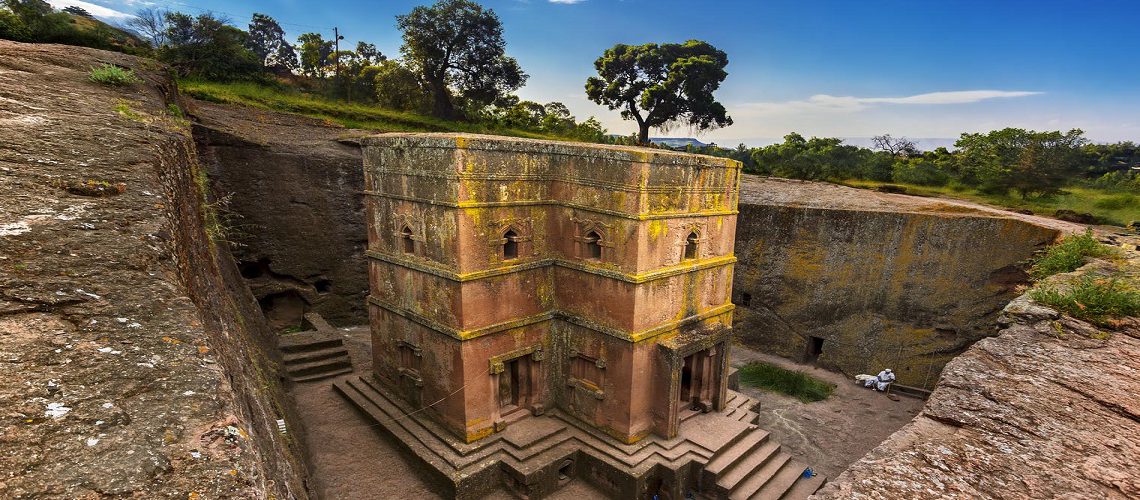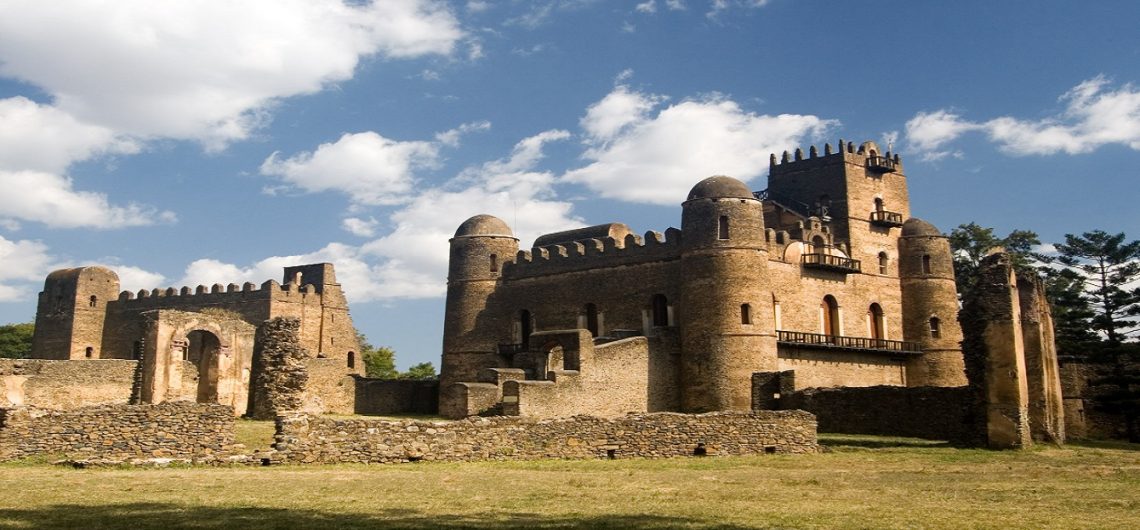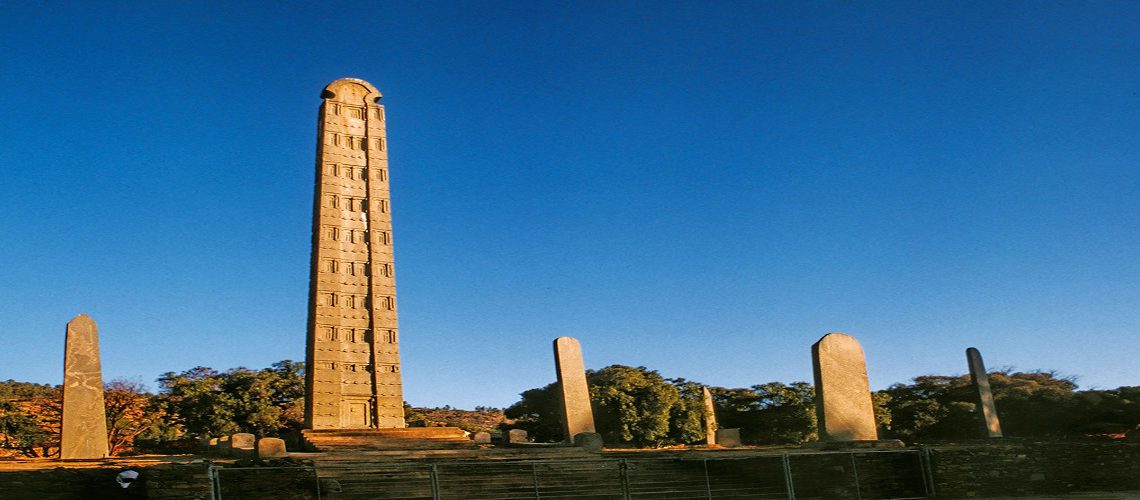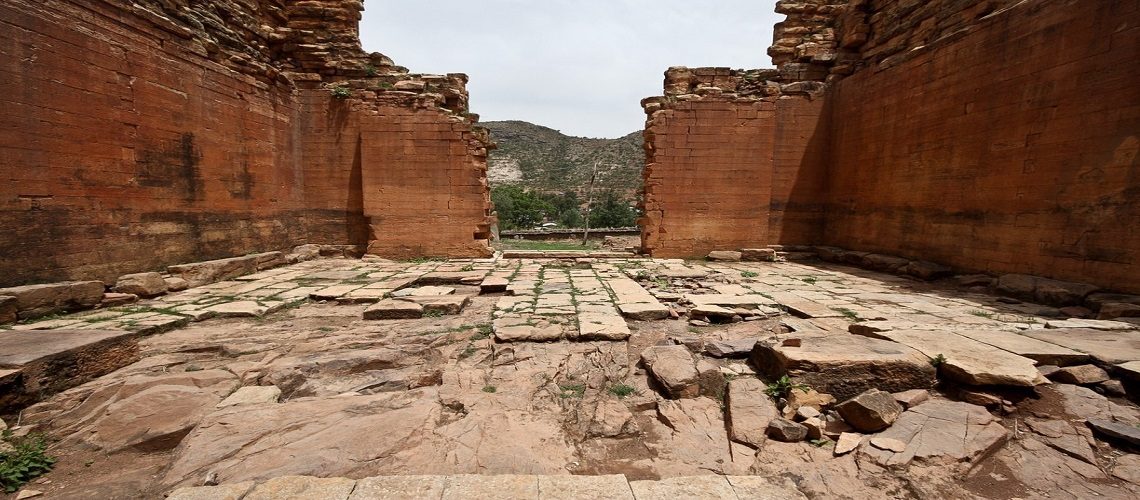Bahir Dar is a town set on the south-eastern shore of Lake Tana, where local fishermen still use papyrus boats. It is situated 37 kms from Tisisat Falls. Here the Blue Nile creates "Smoking Water" an awe inspiring sight as it plunges into the gorge below. From Bahir Dar one must explore some of the ancient monasteries that have been built on the islands of Lake Tana, or on the many Islands. These include Dega Estephanos with its priceless collections of icons, as well as the remains of several medieval Emperors, Kebran Gabriel and Ura Kidane Mehret with its famous frescoes. Kebran Gabriel is the principal monastery visIETd by male tourists from Bahir Dar, with its impressive Cathedral-like building first built at the end of the 17th century. Dega Estephanos, which is also closed to women, is on the island in the Lake, and the monastery is reached by a very steep and winding path. Although the church is relatively new (only hundred years old), it houses a Madonna painted in the 15th century. However, the treasury of the monastery is a prime attraction, with the remains of several Emperors, as well as their robes and jewels.
Bahir Dar is a town set on the south-eastern shore of Lake Tana, where local fishermen still use papyrus boats. It is situated 37 kms from Tisisat Falls. Here the Blue Nile creates “Smoking Water” an awe inspiring sight as it plunges into the gorge below.
From Bahir Dar one must explore some of the ancient monasteries that have been built on the islands of Lake Tana, or on the many Islands. These include Dega Estephanos with its priceless collections of icons, as well as the remains of several medieval Emperors, Kebran Gabriel and Ura Kidane Mehret with its famous frescoes.
Kebran Gabriel is the principal monastery visIETd by male tourists from Bahir Dar, with its impressive Cathedral-like building first built at the end of the 17th century. Dega Estephanos, which is also closed to women, is on the island in the Lake, and the monastery is reached by a very steep and winding path.
Although the church is relatively new (only hundred years old), it houses a Madonna painted in the 15th century. However, the treasury of the monastery is a prime attraction, with the remains of several Emperors, as well as their robes and jewels.

